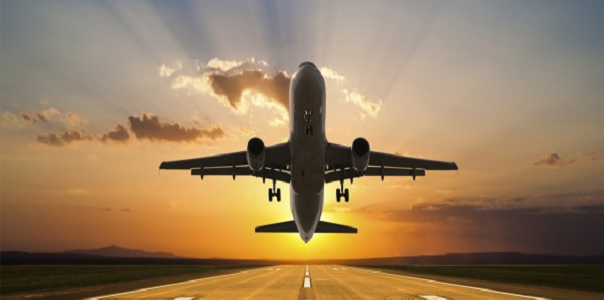The Industrial Internet of Things promises to have widespread ramifications. In aviation, its effects could include reducing travel time and increasing safety and passenger comfort. However, this opportunity will be realized only with international coordination and with business and government responding to the profound economic and political questions it raises.
IIoT promises a new vision of aviation operations
Optimized routes − New software is already being developed to enhance the monitoring of planes and to allow them to take “free routes” outside predefined air corridors. When airplanes are connected to each other and to points on land, they will be able to communicate with each other to calculate ahead of time where their flight trajectories intersect so that accidents can be avoided. Taking the shortest route to their destination will significantly reduce travel time and save fuel and carbon emissions.
Optimized traveler experience − Satellite navigation systems will be much more accurate than the current radar and radio navigation systems, which means that flights will nearly always be exactly on time. Satellite navigation is already beginning with the Automatic Dependent Surveillance – Broadcast (ADS-B) system, for which some airplanes must have the necessary equipment fitted in Europe by 2017 and in the United States by 2020. The passenger experience will be further improved by “smart airports” with more speedy and efficient check-in, security and customs procedures.
Dubai is among several airports already offering smart gates with automatic identification. Security systems will know to expect a passenger at a specific time and manage clearance without queues; flights will be ready on time because aircraft systems will have been remotely inspected and repaired where necessary, based on systems health monitoring, meaning no more airplane delays at the gate; the aircraft will provide connection information for passengers during the flight; and ground transportation will be ready at the right time – all in a seamless and transparent way.
New business models − Many companies, even small ones, will have the opportunity to operate globally with local flavours provided by partners around the world. The sharing economy could reach the air travel industry, through individuals being able to easily resell their flight tickets, or places on private jets being rented out.
Increasing number of airborne vehicles − Air transportation needs to become more efficient as the number of travelers grows due to global population growth and the rise of the middle classes in developing countries. Pilot shortage could be a challenge – or perhaps not, as fully automated commercial flights will soon be feasible. Also, drones of varying sizes will be part of daily life – Amazon is already testing them for delivering products, and a range of other uses is imaginable. As the number of airborne vehicles increases rapidly, a much more integrated air traffic management system will be necessary.
IIoT developments happening in the aviation sector
London City Airport is the first airport in the world to test how the IIot– a network of machines communicating with each other online – can transform operations.
Specific areas of application of IIoT;
- Measuring passenger journeys–by installing a sensor/camera network with the ability to monitor the volume and flow pattern of all passengers within the airport terminal, measuring and recording the speed of movement through each individual stage of the passenger journey and the density of passengers within specific areas of the terminal.
- Asset tracking– using custom GPS, 3G and Wi-Fi enabled tracking devices to monitor the exact position and movement of airport equipment used to service in and outbound flights i.e. steps, tugs, charging units etc. assisting the operation in getting the right equipment in the right place at the right time to help ensure the fastest possible aircraft turnaround time.
- Delivering location based services to passengers– using an ‘app’ designed to enhance, speed and de-stress the passenger journey by providing service notifications specific to the passengers flight and related to their known position in the airport. In addition, giving the ability for passengers to pre-order retail, food & beverage services prior to arrival at the airport for the order to be ready to collect immediately when the passenger reaches the chosen outlet, or for ‘at seat’ delivery. Triangulation of Wi-Fi signals within the airport along with low energy Bluetooth beacons were used to pinpoint with reasonable accuracy the location of individual passengers within the terminal.
Are you looking to improve the efficiency of IIoT in your business . Learn how Anglo African team can help you to implement an IIoT strategy for your enterprise needs. The Anglo African team is fully committed to helping you in achieving your industrial new vision to drive operations to the fullest potential. For specific queries, get in touch with Navin by calling on: 2331636 or via e-mail at navin.mautbar@infosystems.mu .

